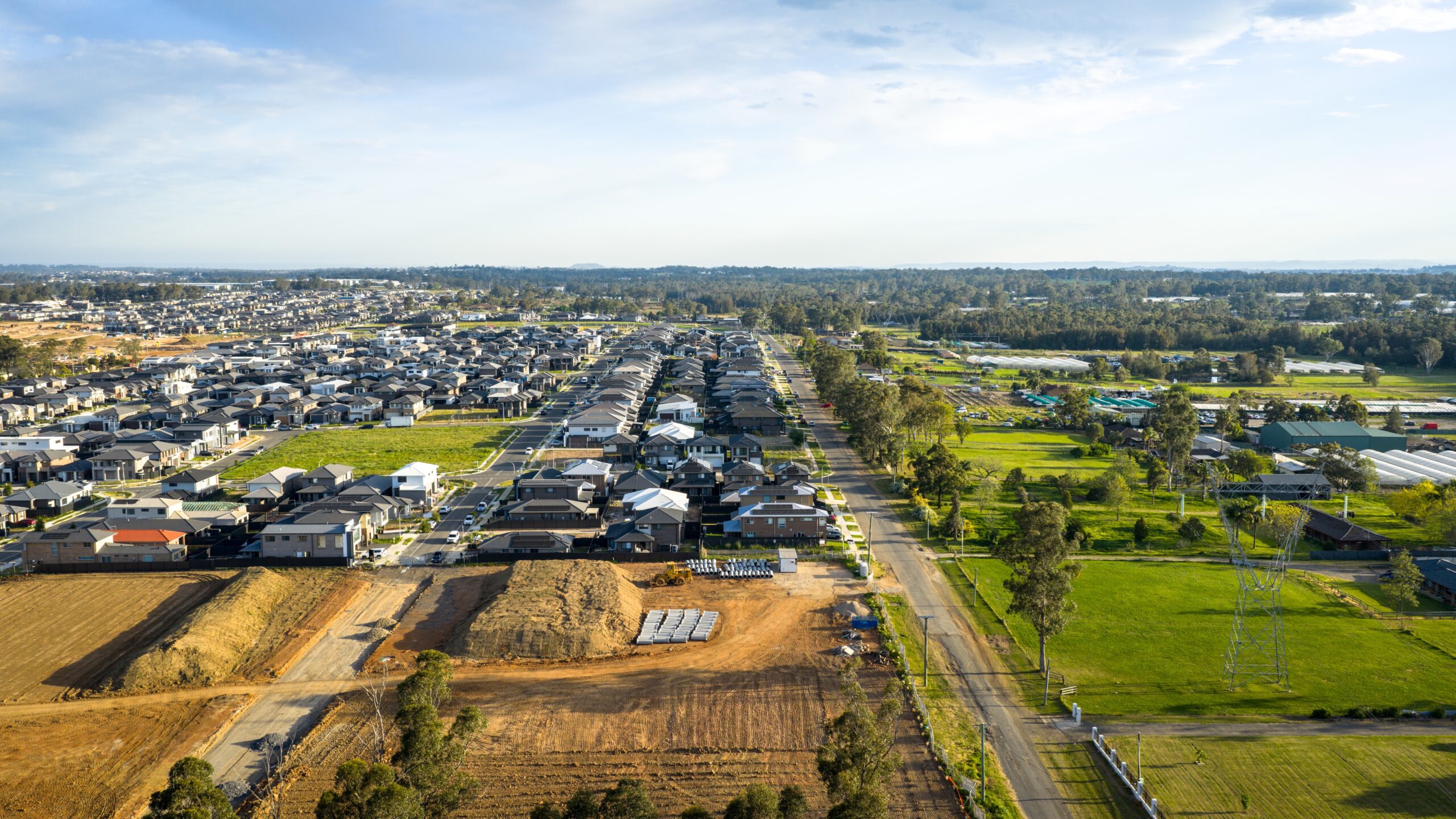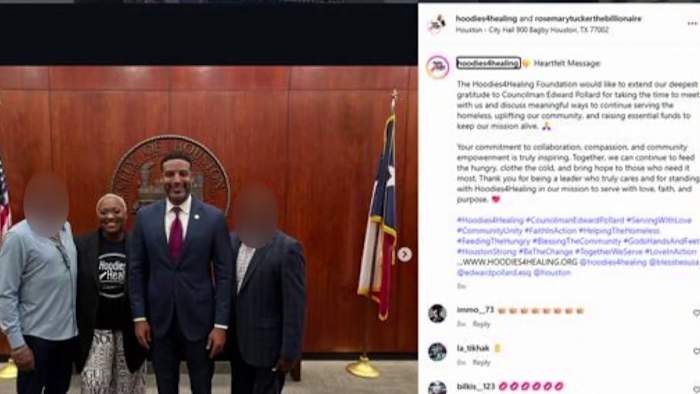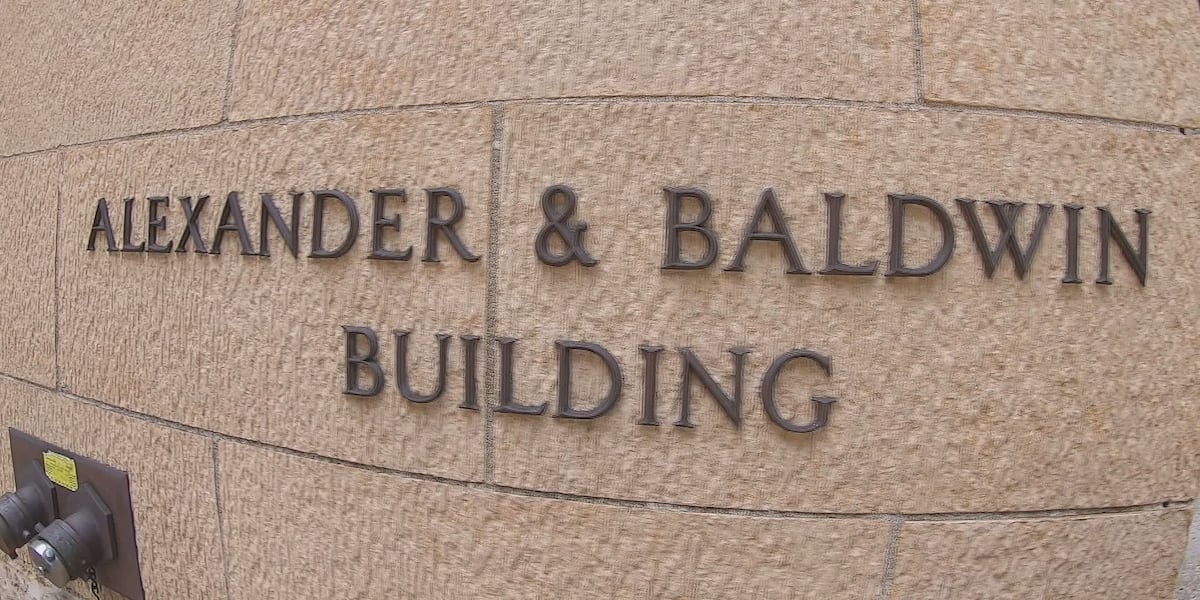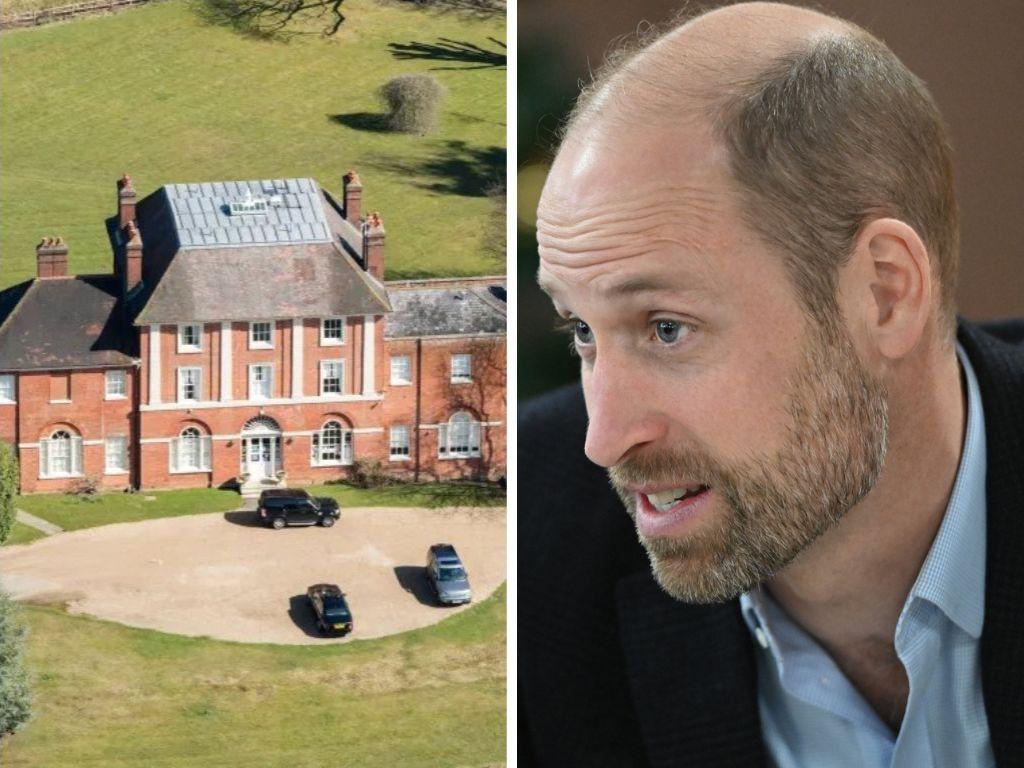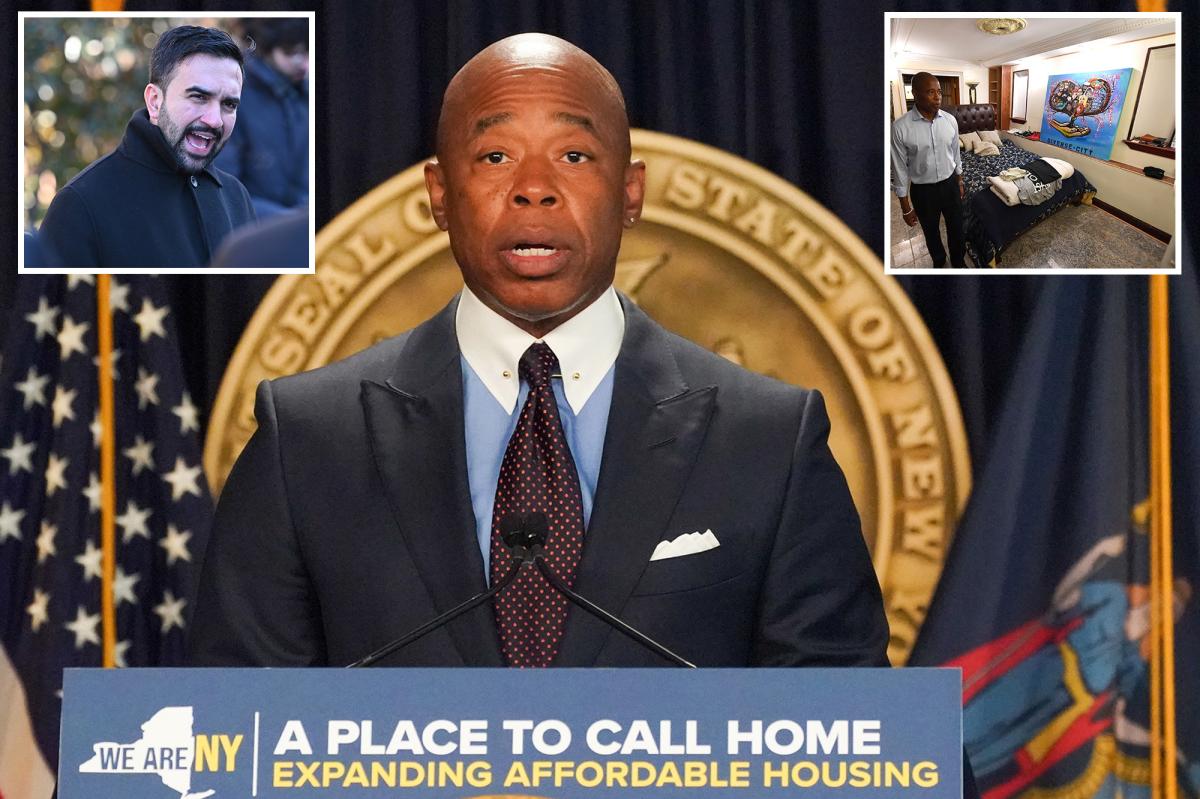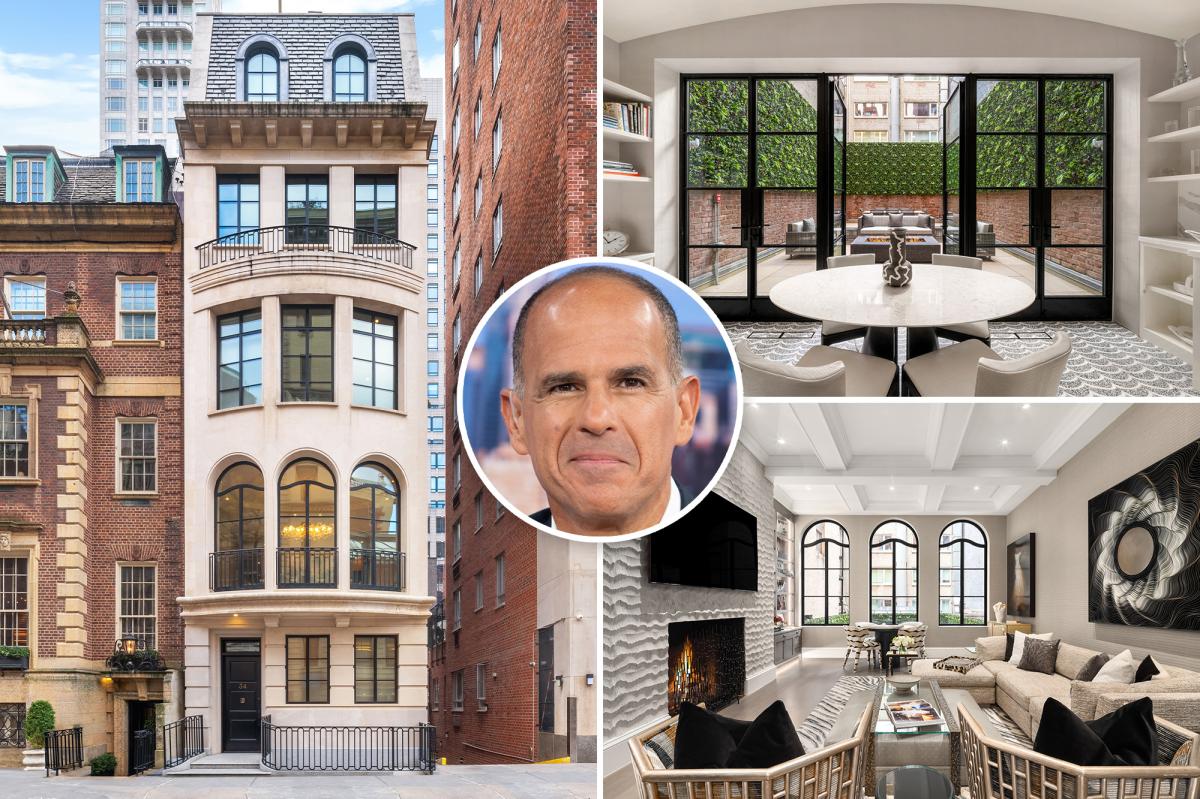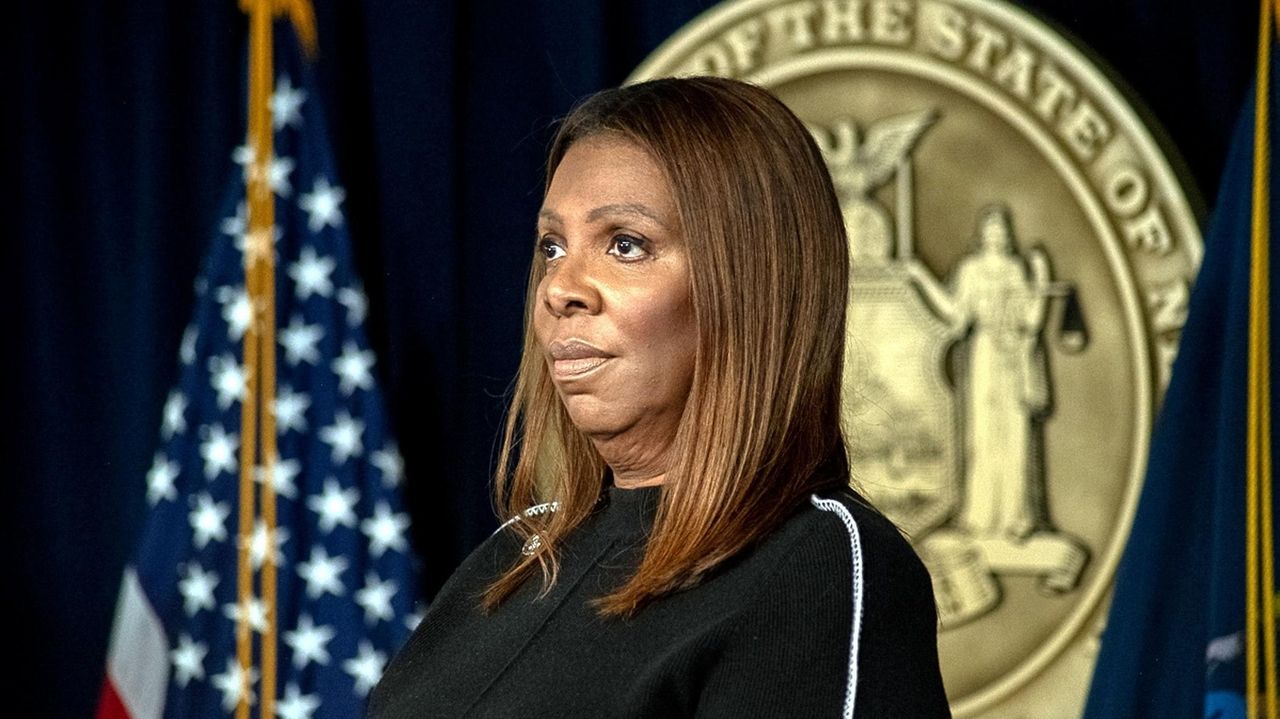N
ew York City's mayoral election has become a pivotal moment for the city's real estate landscape. On one hand, Andrew Cuomo proposes supply-driven solutions: creating 500,000 housing units in a decade through streamlined zoning and property tax caps to attract private investment. In contrast, Zohran Mamdani offers sweeping proposals like rent freezes, fare-free transit, and public housing funding, potentially recalibrating the relationship between tenants, landlords, and the state's fiscal framework.
The real estate industry is heavily backing Cuomo, with landlord groups and major developers pouring millions into super PACs. They warn that a Mamdani win could lead to another 1970s-style fiscal collapse, stalling investment and damaging rental stock. Tenant advocates, however, see Mamdani as a champion of rent-burdened New Yorkers.
Cuomo's strength lies in attracting investors with promises of robust returns and streamlined regulatory processes. Mamdani, on the other hand, is building a grassroots coalition with small-dollar donors and progressive support. His plan to fund public services through tax hikes on millionaires and corporations risks driving capital out of the city.
For real estate professionals, this election highlights an urgent need to prepare for uncertainty. A Cuomo administration could mean accelerated approvals and fewer regulatory hurdles, while a Mamdani victory would introduce new challenges like rent stabilization and public housing expansion. The stakes go beyond policy, reflecting a shift in urban policymaking ideology: will New York prioritize supply-side economics or tenant-centered policy?

